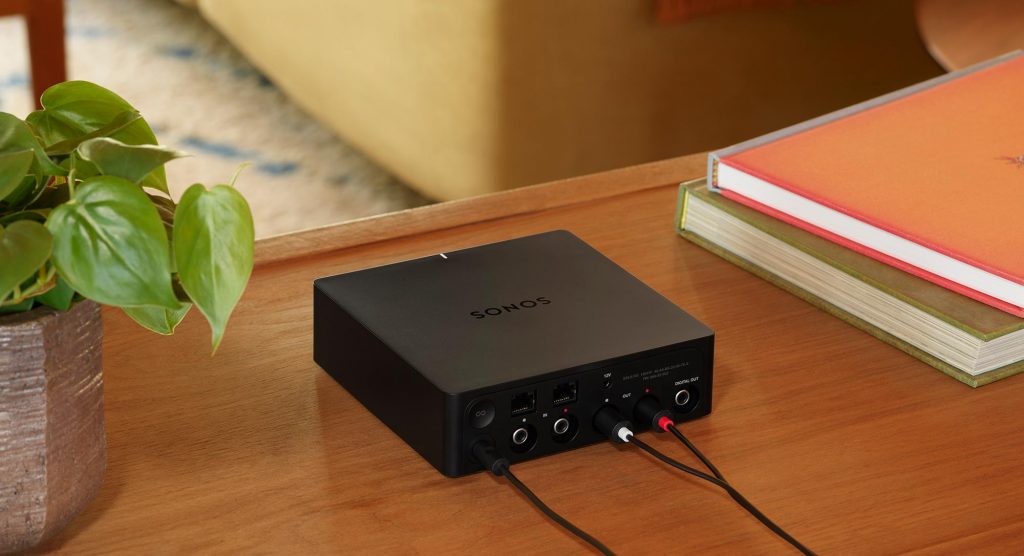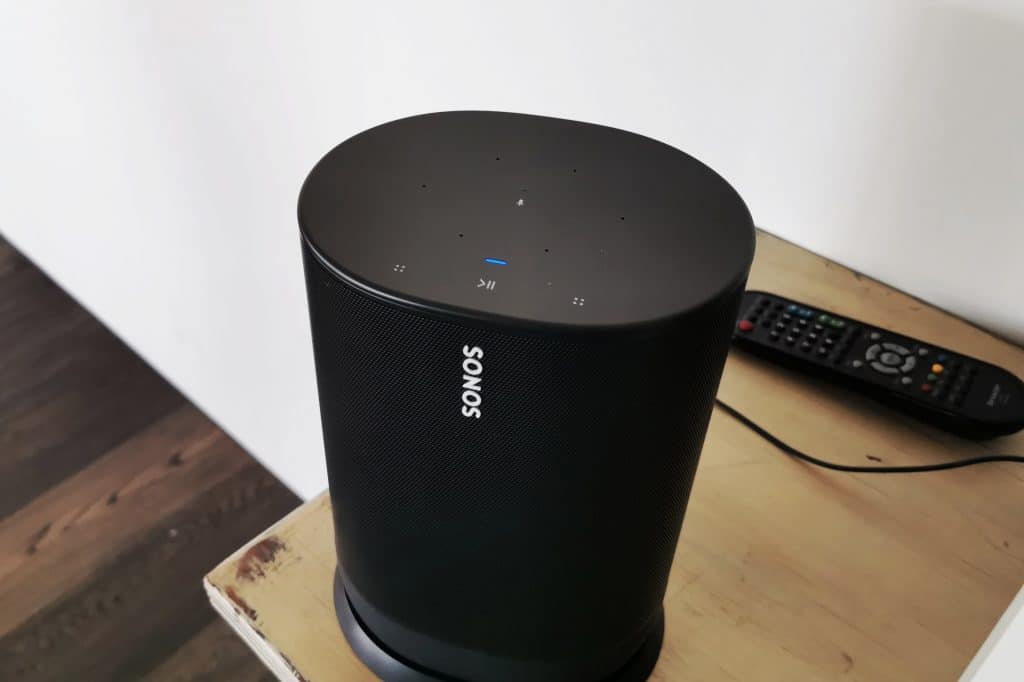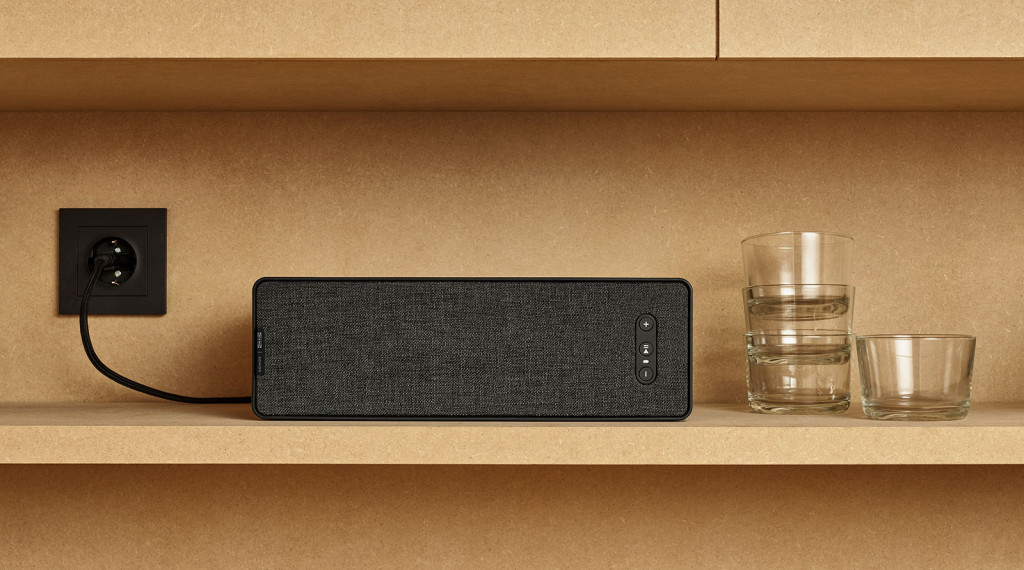Some of Sonos’ older speakers and technology are about to stop working, and if you have one, you may be able to trade up and recycle the technology.
Even though the magic of multiroom audio technology still seems new, it’s been ticking around for quite some time. The first Sonos gadgets popped out in 2006 almost 14 years ago, and have still worked if you had them in your system.
While many Sonos owners have moved on and replaced their speakers and other connected technologies, there are many who sit with the idea of “if it ain’t broke, why fix”, leaving the gadgets in the system. Unfortunately, however, the time for leaving the old technology may well be coming to an end, as Sonos looks to officially retire some of its older products, thanks to the limitations in these older technologies preventing further upgrades.
If you’re an original Sonos owner and happen to have a Zone Player, a Connect or Connect:Amp, one of the first-generation Play:5 speakers, a Bridge mesh networking box, or a CR200 remote with the LCD display, your time is unfortunately up, as Sonos says the products have hit their limits. While updates have been provided over time, these will now stop, and if you have them in your Sonos setup, you may not be able to upgrade the Sonos environment.
Typically, when Sonos products need an update, Sonos basically pauses some of the features you can use. You can still pause, play, and control music, but some of the access to alarms and service settings disappear until you hit update and let Sonos update the entirety of the network. All of your speakers and Sonos gadgets need the update, and all need to be compatible, otherwise the update stops.
And unfortunately, that’s what will happen here, because if you have one of the Bridge mesh extenders launched back in 2007, the first gen Play:5 speaker from 2009, or one of the Zone Players or Connect models from 2006 and sold up until 2015, those products will essentially stop a Sonos system from being updated from May 2020 onwards.
Essentially, if you have any of those products, no updates will be made past May, and those legacy products will be locked to what they have. If you leave them in your Sonos system, they’ll still work the way they always have, but your Sonos system won’t be updated until they’re removed, including those newer Sonos products in your system.
What you can do if you own older legacy Sonos products
There are technically two ways to deal with this as far as Sonos is concerned, and one is just to leave everything the way it is. If you’re happy with the way your old Connect Amp works or you love your Play:5 gen 1 model, you can leave it in your Sonos system, and from May 2020, your Sonos environment won’t get updates.
The second option, however, is to update the components, and that comes two ways.
Of course, you can sell the old hardware on eBay or some other solution, though it would be worth noting reselling the old stock won’t change its inability to get upgraded, and the next owner would have these problems.
Sonos’ solution is instead to engage its “trade-up program”, which identifies what you have, and uses that to provide a 30 percent discount credit on Sonos speakers purchased from the Sonos website. If you have a Play:5 gen 1, the suggestion is to go to a Sonos Move, not to a Play:5 gen 2, but you may be able to choose what you spend on once the program is initiated.
However, there’s a catch: once the Sonos trade-up program is turned on for a specific product, it goes into “Recycle Mode” for the product you’re moving on from, which wipes all of your data and stops that speaker from working. Rather than having your cake and eating it too, Sonos is basically saying if you take its update in the act of trading up, you should recycle the speaker at your nearest e-waste site, or you can let Sonos pay for the shipping back to its building, and they’ll do the recycling for you.
How to upgrade and replace some of these gadgets outside of Sonos
While the Sonos announcement of ending support for some of its oldest products will come as some surprise — particularly since they’ve just kept going longer than most — the support of products as old as what’s on Sonos list can be seen as surprising as the announcement itself. Few companies support products older than five years, and yet Sonos has been rolling out updates for products closer to ten and older, potentially signalling just how long in the future the company thinks about its products for.
But a forced update can be pain all the same, particularly if something is working quite fine as it is. If you have a Connect or Connect:Amp, you might argue that it’s silly to have to remove or change it out for a new product just because it has hit its end of life. Many products can work past their end of life just as much, and so preventing updates to a connected environment can raise a bit of a question mark.
However if you did want to update not just to the newer model, but to something different, there are possibilities.
Take the Sonos CR200, the LCD-screen remote from Sonos that offered physical control from before the days when smartphones had fantastically sharp touchscreens. While the CR200 is being removed from a Sonos system, you can always use an older phone — iPhone or Android — or even an iPod Touch, and keep the app shortcut available on the device, so you can just take a glance as to what’s playing. Many of us have spare phones, so this one is a simple approach.
The Sonos Bridge is another example of an easy replacement, though not in the way you may thing. Initially, the Sonos Bridge worked as a way of extended a Sonos mesh network through a home or business in places where there was no speaker or no speaker needed, and when speakers typically hit a cost higher than that of the Bridge, which sat under $200.
While the Sonos Boost is a logical update, there are two ways to move forward here without buying something directly from Sonos:
- You can either switch your Sonos environment to use your regular wireless networking (WiFi) environment, or
- You might want to consider a Sonos-compatible speaker from IKEA.
The latter of these options means replacing a Bridge with a mesh compatible Sonos product in the IKEA Symfonisk range, of which there are two: the $149 IKEA Bookshelf Symfonisk speaker and the $269 IKEA Lamp Symfonisk speaker.
In comparison to the $149 Boost, these essentially extend a mesh network by adding speakers with the mesh networking technology built in, and with Ethernet ports. It’s not the same approach to what a Boost is designed to do, which in many ways is a Sonos range extender, but now that the cost of a new Sonos has come down, it may mean these are useful entries for people intending to replace older speakers with compatible options.
As for the ZonePlayer models, Connect, and Connect:Amp, a way to expand outside of the Sonos system seems a little murky. In theory, the “Works with Sonos” badge should mean receivers from Onkyo and Pioneer work with the Sonos system, but as of right now, they still seem to require a Sonos Connect, which is a part of this May 2020 end-of-life decision.
If you have a Sonos Connect or something like it, and you still want to keep your system updated, from May onwards, you might want to consider updating to a new model such as the Sonos Port or Sonos Amp, unless you’re happy to keep your Sonos system locked where it is.










